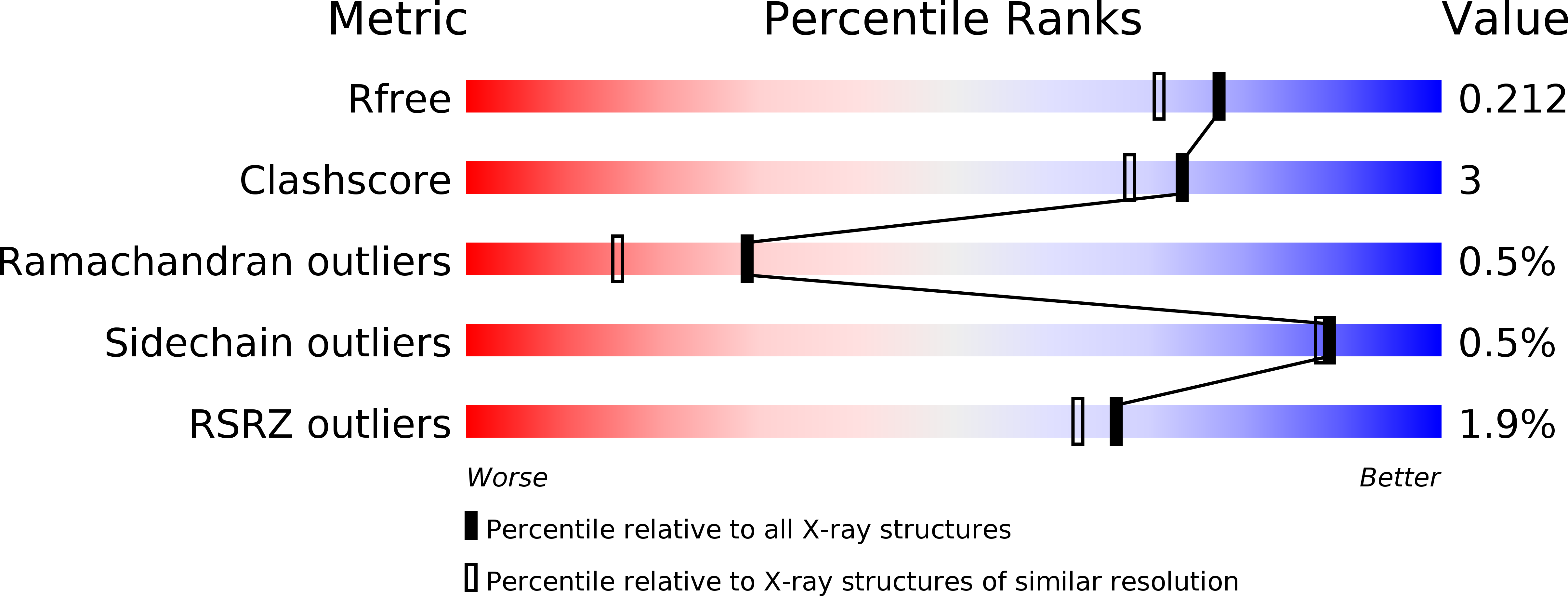
Deposition Date
2017-04-12
Release Date
2018-01-03
Last Version Date
2024-05-08
Entry Detail
Biological Source:
Source Organism:
Human respiratory syncytial virus (Taxon ID: 11250)
Host Organism:
Method Details:
Experimental Method:
Resolution:
1.80 Å
R-Value Free:
0.21
R-Value Work:
0.16
R-Value Observed:
0.17
Space Group:
P 1 21 1


